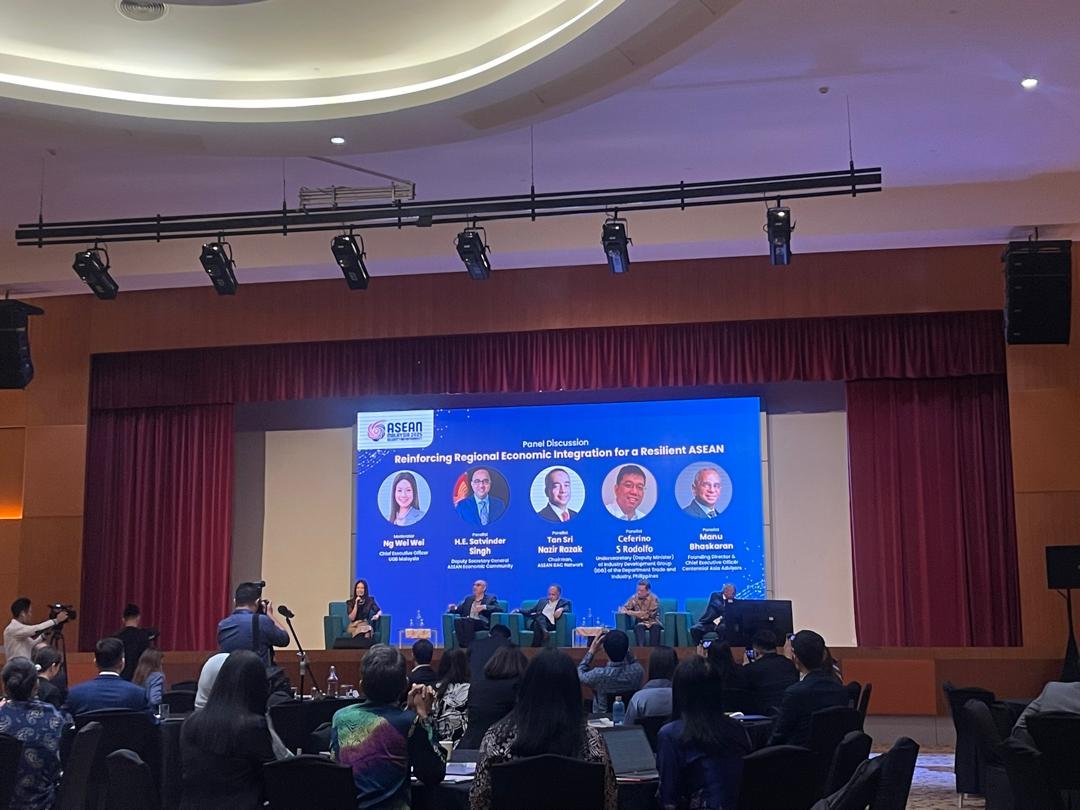SCMP Interview: Indonesia’s triumph over palm oil ‘win’ over EU before the WTO but demand and market access issues could sour hopes
Segi Enam Advisors principal Khor Yu Leng was cited by South China Morning Post (25 Jan), for her views on Indonesia’s palm-oil biofuel ambitions following the WTO’s decision. The decision, issued on 10 January 2025, ultimately upheld the EU’s ability to take environmental and climate-based action under its Renewable Energy Directive and affirmed the EU’s classification of palm-oil based biofuel as ‘high risk’ due to its links with deforestation. Notwithstanding, the organisation also criticised the EU’s procedures for lacking transparency and for insufficiently reviewing data to justify its ‘high risk’ designation, rendering them inconsistent with WTO rules. Indonesia, the world’s leading palm oil producer, has since framed the WTO’s criticism of the bloc’s procedures as a “win” in its ongoing battle against EU restrictions on its palm-oil biofuel ambitions. The EU has since stated that it will ‘take the necessary steps to respect its WTO obligations’.
Yu Leng’s comments, as quoted by South China Morning Post, are as below. She referenced Malaysia’s 2021 dispute, in which Malaysia brought a WTO claim against the EU over the latter’s classification of palm oil and palm crop-based biofuels as being at ‘high risk’ of indirect land-use change and argued the measures were discriminatory. In 2024, the WTO upheld the measures taken by the EU, as well as affirming certain related French measures.
Khor Yu Leng, a political economist at Singapore-based Segi Enam Advisors, noted that the ruling echoed Malaysia’s earlier dispute with the EU. “The EU broad policy was upheld, again, but its procedures were faulted,” she said, describing it as “deja vu”....
… Indonesia and Malaysia together produce more than 85 per cent of the world’s palm oil and have been at the forefront of the push for palm oil-based biofuel. Both have sought to leverage their palm oil reserves as a renewable energy source by blending the commodity with ordinary fossil-fuel diesel.
But palm oil biofuel faces an uphill battle. Despite ambitious targets – Indonesia plans to increase its biodiesel blend to 40 per cent this year and up to 50 per cent by 2029 – the global market for palm oil-based biodiesel remains thin, Khor said.
“For a thinly traded palm product, there has been a surprising amount of ink and political capital spent on it,” she said, noting that even neighbouring Southeast Asian countries are prioritising electrification over biodiesel.
“Despite giddy hopes over 10 years ago, there’s just not much trade in this product. Both Malaysia and Indonesia cannot even get neighbouring countries to provide policy support for this.”
Retrospective: Floods in Thai rubber areas, China Daily Interview
by Khor Yu Leng, yuleng@segi-enam.com
News Alert: Since 28 January 2025, heavy rainfall in Malaysia’s Borneo has caused severe flooding, displacing thousands. Sarawak has over 12,000 evacuees, with Bintulu the hardest-hit district, while Sabah reports over 5,000 evacuees, mainly in Kota Marudu, Pitas, and Lahad Datu. Although conditions improved in early February, NADMA warns that thousands remain in relief centers, and on 5 February, Sarawak issued a red alert for potential floods in 26 districts. A Sarawak politician described the flooding in Bintulu, Miri, and Kuching as among the worst, with some floods and landslides everywhere else in the state. (See 30 January weather warnings from Google and Met Malaysia below).
Note: In related news, Bintulu MP Tiong King Sing blames ‘devastating’ floods on failure to see through Sungai Sibiew deepening | Malay Mail and Sarawak braces for king tide amid eased flood situation | Borneo Post Online
On 3 Dec 2024, Khor Yu Leng shared these comments to Prime Sarmiento at China Daily, who was reviewing the problem of the southern Thai floods:
Khor Yu Leng, director of Singapore-based consultancy Segi Enam Advisors, said climate change is influencing global rainfall variability and cyclonic patterns, leading to an increase in monsoon-related flooding.
Khor, a veteran commodities trade analyst, said the current flooding in southern Thailand and northern Malaysia was worsened by high population density in flood-prone areas, vulnerable river systems, coastal exposure, and inadequate flood defenses.
Our detailed analysis behind our comments given to China Daily is as follows.
Though the full impact of the floods of end November-early December 2024 has yet to be fully comprehended at this juncture, it is already apparent that non-core production regions in Thailand were affected notwithstanding that the total farm output or GDP impact remains to be seen.
However, we can preliminarily look at rubber price as a market indicator and what kind of consequences one can expect. Reports on the ground say as follows: “Southern provinces, subsiding now”’; “I don’t think it’s bad as they make it, but if there are to be handouts then perhaps they build it up to be more major”.
Context of November-December 2024 flooding in Southern Thailand
Southern Thailand grappled with severe flooding following torrential rainfall driven by the north-east monsoon. The north-east monsoon typically runs from November to March whereby winds from the north-east picks up moisture from the Gulf of Thailand to later deposit it as heavy rain across the gulf islands and parts of Thailand’s southern peninsula.
Southern Thailand typically experiences high rainfall annually around November-December, but November-December 2024 saw the region experience rainfall at levels significantly above average, affecting five provinces: Songkhla, Satun, Pattani, Yala, Narathiwat.
The above-average rainfall of end-2024 resulted in significant flooding in five provinces, affecting 136,000 households, claiming 29 lives and causing significant damage particularly to rubber plantations, with losses estimated at 20bn baht (~USD $550m). The estimated area impact spans an estimated 800,000 hectares.
Map of affected regions, southern Thailand
These areas experienced extensive damage, with over 5 million rai (approximately 2 million acres) of rubber plantations impacted. The Rubber Authority of Thailand (RAT) indicated that farmers will be unable to tap their rubber trees for another six weeks, exacerbating the financial losses due to the current latex price of 65 baht per kilogram (~USD $1.8).
Causes of floods in the region
Meteorology experts have identified several key factors contributing to the recent flooding to the region that spans South Thailand and to North Malaysia, too. The analysis reveals a combination of climatic conditions, seasonal patterns, and geographical vulnerabilities.
Heavy Rainfall: Experts note that heavy and prolonged rainfall has been a significant contributor to flooding, particularly in states like Kedah. Rainfall has been exacerbated by low-pressure systems originating from the Kra Isthmus in Thailand, which have led to increased precipitation in the region.
Northeast Monsoon: The onset of the northeast monsoon, that typically peaks annually in November and March, brings heavy rains to the east coast of Peninsular Malaysia. In 2024, climatologists warned that the monsoon may lead to more intense rainfall due to an unstable atmosphere associated with La Niña conditions.
High Tides: The combination of heavy rain and high tides has been particularly concerning. Experts predicted that extra high tides occurring between 18 to 20 October may have coincided with heavy rainfall, significantly increasing the risk of flooding in coastal areas.
Geographical Vulnerabilities: Areas like Kedah are prone to flooding due to their topography, where rapid water flow from upstream areas can overwhelm drainage systems, leading to flash floods. This has been observed in districts such as Baling and Kota Setar.
Recurrence of Flood Events: Many regions have experienced repeated flooding events, where new downpours follow quickly after waters recede from previous floods. This cycle creates a compounding effect on flood risks.
Climate Change Factors: Experts highlight that climate change is exacerbating extreme weather patterns, making it increasingly difficult to predict rainfall accurately. The interaction between various weather systems, including low-pressure areas and monsoonal flows, has led to unexpected flooding events.
El Niño/Indian Ocean Dipole and typhoon season trends
The current flooding in southern Thailand (and northern Malaysia) is linked to a low-pressure system that formed over the South China Sea. This system moved through the Gulf of Thailand into the Andaman Sea, bringing heavy rains and causing widespread flooding. Notably, this event is apparently not directly tied to a specific typhoon or named storm.
Scientists seem to agree that climate change is associated with variability of rainfall and cyclonic patterns globally, and excessive monsoon flooding has become frequent in recent years.
Some warned earlier this year that the monsoon could bring more intense rainfall due to an unstable atmosphere associated with La Niña conditions. However, at present, the relevant climatic metrics show an ENSO-neutral phase, and the Indian Ocean Dipole (IOD) is tending negative. If both were negative (i.e., strong La Niña conditions), it would serve as a stronger indicator of heightened rainfall and storm activity. The northeast monsoon, which peaks between November and March, typically brings heavy rains to the east coast of Peninsular Malaysia and southern Thailand.
Attending the ASEAN Economic Opinion Leaders Conference: Insights for 2025
We recently attended the ASEAN Economic Opinion Leaders Conference: Outlook for 2025, held at MITI, Kuala Lumpur, from 8-9 January, 2025. The event brought together key industry leaders, policymakers, and economists to discuss the region's future under Malaysia's ASEAN Chairmanship.
Across two days, we joined insightful sessions, including:
The Digital Economy and Green Economy - ASEAN’s Future Engines of Growth: Yeoh Keong Hann (YTL Power) emphasized the importance of balancing domestic advantages in renewable energy with equitable distribution across ASEAN. He proposed ideas like connecting regional power grids to facilitate energy trading. Firdaus Hisham (UEM) highlighted the need to harmonize regulations to attract investments and accelerate large-scale green initiatives.
World Bank’s Economic Outlook for ASEAN: Manu Bashkaran (Centennial Asia Advisors) and Aakash Mohpal (World Bank) provided a comprehensive view of post-pandemic economic recovery. They stressed empowering SMEs as critical drivers of innovation and job creation while addressing geopolitical risks, such as shifts in global trade patterns and increasing transport costs.
Reinforcing Regional Economic Integration for a Resilient ASEAN: Satvinder Singh (ASEAN Secretariat) and Nazir Razak (ASEAN-BAC Malaysia) explored innovative solutions like the idea of an ASEAN business entity to facilitate seamless operations across borders. They also discussed revisiting older initiatives, such as customs integration, to strengthen regional supply chains.
These dialogues underscored ASEAN's resilience and potential, with a focus on sustainable growth, innovation, and regional collaboration. The conference set an optimistic tone for Malaysia’s role in leading ASEAN into 2025 and beyond.
Panel Discussion, ‘Reinforcing Regional Economic Integration for a Resilient ASEAN’
With Chee Hau (Ministry of International Trade and Industry)













